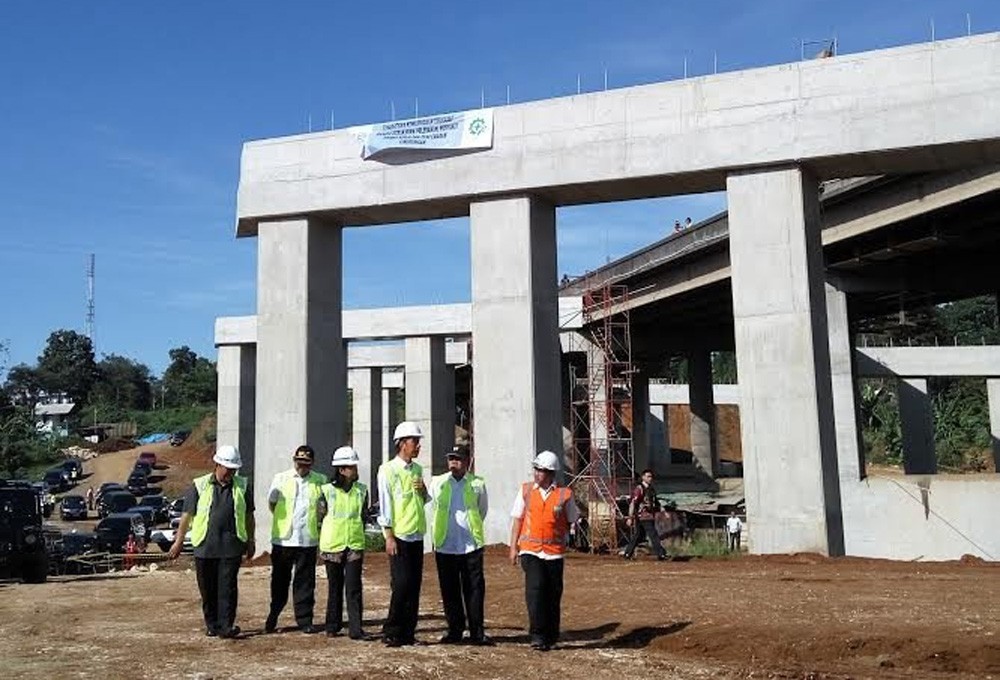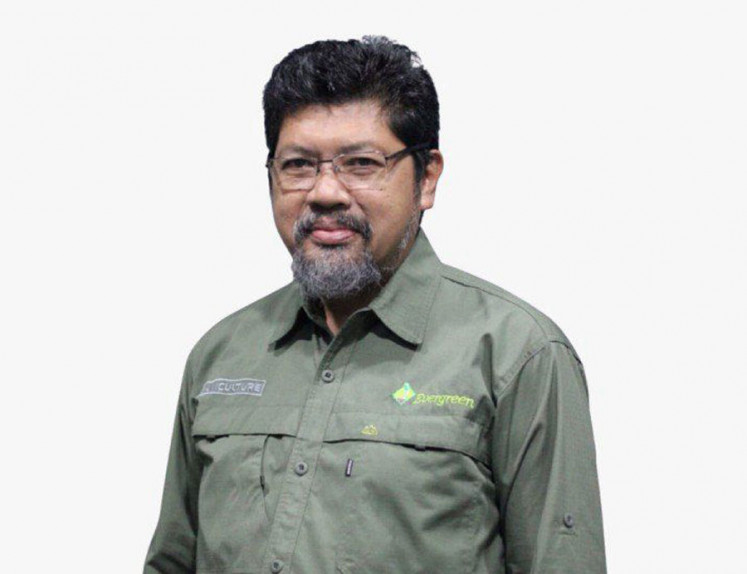Popular Reads
Top Results
Can't find what you're looking for?
View all search resultsPopular Reads
Top Results
Can't find what you're looking for?
View all search resultsAccelerating sustainable infrastructure development
Change text size
Gift Premium Articles
to Anyone
T
echnological innovation must contribute to the development of new models of sustainable social, economic and environmental growth in order to make the system more sustainable for the well-being of society.
Sustainable development requires value changes, institutional changes and cultural adjustment. Incorporating sustainable development into mainstream policies is crucial for achieving national and international cooperation.
Sustainable infrastructure development is arguably one of the main drivers of economic growth. Infrastructure systems create the backbone of an economy, as they provide social, as well as economic, benefits to society. Furthermore, it lowers costs, enlarges markets and facilitates economic activity. Efficient and effective infrastructure systems to provide goods, services and information to the public will contribute to the economic and social growth of a nation.
In order to achieve accelerated economic development, the government of Indonesia is targeting gradual economic growth in the next five years through large-scale infrastructure development programs. According to the government, the country needs approximately US$416.5 billion for infrastructure development in 2015 to 2019.
The ASEAN Secretariat (2015) estimates that Indonesia requires about $1.3 trillion in public infrastructure development funds until 2030. Sources of financing for infrastructure development are mainly from state budgets, foreign direct investment and public-private partnerships.
In response to this situation, the government released economic policy packages. The latest stimulus package, issued in April, focuses on enhancing the ease of doing business by reducing business procedures and permits in order to attract more investment.
A study mapping priorities for the development of transportation, waste, water and energy infrastructure in 33 provincial capitals was also identified and can be used to strategize plans to reduce regional infrastructure gaps (CSID, 2014-2016).
As presented in the recent Asian Development Bank (ADB) roundtable on infrastructure provision in China, India and Indonesia, I argue that the key factors for successful participation in Indonesian infrastructure development will be supporting project planning and delivery, collaborating in public private-partnership (PPP) schemes with Indonesian state-owned enterprises (SOEs) and increasing participation from national small and medium enterprises (SMEs) and channeling knowledge transfer and technology to strengthen national industries.
PPPs play an important role in the success of infrastructure development by producing optimum benefits for stakeholders: providing public infrastructure, reasonable community pricing for accessing infrastructure services and generating revenue for the private sector. In order to create these optimum benefits and increase project feasibility, innovation and value-added infrastructure projects must be generated. Value-added projects will directly affect financing and partnership schemes.
In short, a key success factor for infrastructure public-private partnerships is the quality of project feasibility, assessed through value for money (vfm). The application of value engineering in megaproject planning can also be utilized. For example, the construction of Jakarta’s MRT, airport railways and flood control tunnel, at a total estimated cost of more than $5 billion, could be achieved through integrated project development, combining the functions of flood control and public transportation to break the bottleneck of funding availability.
A proposed Public Railways and Stormwater Infrastructure (PRASTI) Tunnel, 19 meters in diameter, would stretch approximately 9 kilometers. The first and second levels can be used for MRT and airport rail transportation, and the lowest level as a flood control tunnel.
On top of that, the construction of network utilities such as telecommunications and high-speed internet, as well as underground commercial development, can be utilized to optimize the project’s benefits. Cross-subsidy transportation revenues and the development of direct business can be used to cover public funding for the flood tunnel, saving billions of dollars.
Efforts in cost effectiveness and the creation of value-added projects form the basis of accelerating infrastructure development when there are financial constraints. The allocation of funds for infrastructure financing can be supplemented by utilizing Indonesia’s domestic financial potential in the stock market, government bonds, projects bonds, mutual funds, pension funds and insurance.
Financing potential can be maximized by enacting laws and policies that are conducive to the inclusion of infrastructure investment and government incentives by considering payback options and rates of return. Value-added infrastructure projects and effective infrastructure financing schemes will be able to improve project feasibility and thus boost strategic alliances between the government and the private sector.
Last but not least, the establishment of a dedicated government agency to formulate, coordinate and evaluate cross-sector infrastructure policies that focus on the facilitation and provision of incentives and partnerships is suggested in order to accelerate infrastructure development, channel knowledge transfer and technology and strengthen national industries.
____________________________
The writer is a member of the executive board for the Center for Sustainable Infrastructure Development (CSID) at the University of Indonesia’s School of Engineering in Depok, West Java.










